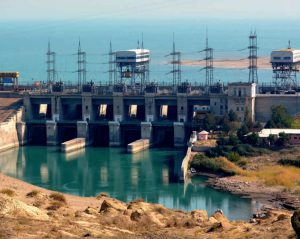For the second time in three years, Lima has topped the list of Latin American cities with the worst air quality as levels of harmful pollutants in the atmosphere regularly exceed safe limits by five times, according to new data released by the World Health Organization (WHO).
In the Peruvian capital, levels of PM2.5 – tiny particulate matter which can be inhaled and is therefore considered most injurious to health – reached 51 microgrames per cubic metre. WHO air quality guidelines place the safe level at 10. Nestled between the Andes mountain range and the pacific coast, Lima’s geography and an increase in traffic congestion owing to increased private vehicle ownership have been blamed for worsening air quality. However, Lima features a lowly 251st on the global list of the most polluted urban centres, the upper echelons of which are dominated by Central and South Asian and African cities.
Joint second in the Latin American rankings with PM2.5 levels of 44 are Bolivian capital La Paz and Brazil’s Santa Gertrudes, which is situated 170km from the capital Sao Paulo and whose government blamed the city’s ceramics industry and transportation for the high readings. A cluster of Central American capitals; San Salvador (El Salvador), Guatemala City, and Tegucigalpa (Honduras) also featured in Latin America’s top 10. In total, 102 Latin American cities were included in WHO’s 2,977-strong list. Despite dangerously high pollution in many Latin American cities, the WHO notes that urban air quality in the region does not seem to be getting significantly worse since it did not observe a greater than 5% rise in levels of pollutants since 2008. Globally the average increase is 8%. The WHO estimates that over 80% of urban inhabitants are exposed to air quality levels above safe limits, with populations of low-income cities the worst affected.






